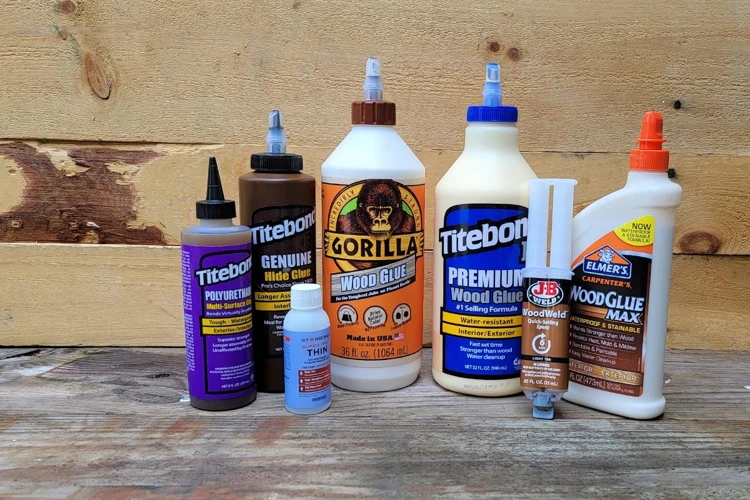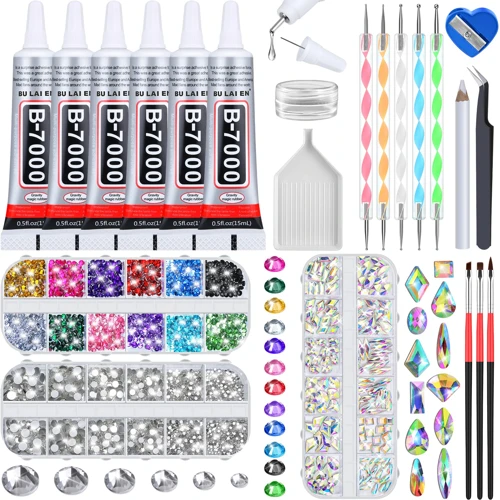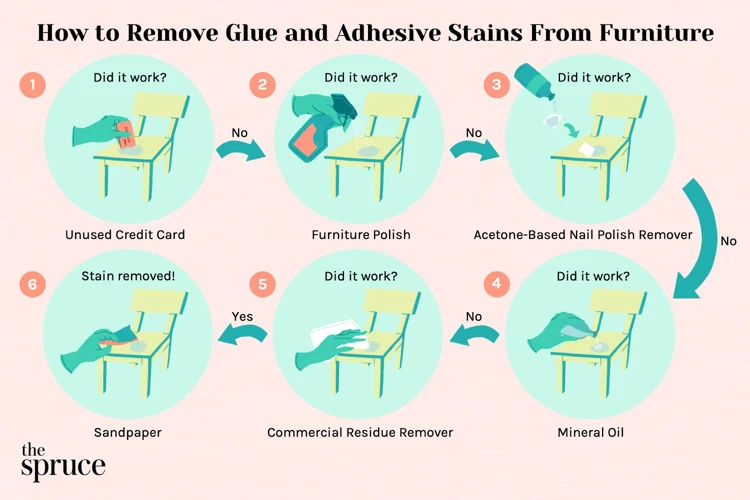Discovering wood glue on your walls can be a frustrating experience, especially when you’re unsure how to tackle the sticky situation without causing damage. Whether it’s from a recent DIY project gone awry or the remnants of past crafting endeavors, it’s essential to address the issue with care. In this comprehensive guide, we’ll explore the best practices for safe wood glue removal, ensuring that your walls are restored to their former glory.
Essential Supplies for Wood Glue Removal
To effectively remove wood glue from walls, you’ll need to gather a few key supplies. Having the right tools on hand will streamline the process and prevent any unnecessary harm to your wall surfaces. The essentials include:
- Soft cloths or sponges
- Plastic putty knife or scraper
- Warm water
- Mild detergent or soap
- Hairdryer or heat gun (for stubborn glue)
- White vinegar or rubbing alcohol (optional)
- Protective gloves
With these items at the ready, you’ll be prepared to tackle any wood glue mishap.
Safe Wood Glue Removal Techniques
Preparation Steps for Wood Glue Stain Removal
Before diving into the removal process, it’s crucial to prepare the area. Start by gently wiping the wall with a dry cloth to remove any loose debris. If the glue is still wet, use a damp sponge to blot the excess, taking care not to spread it further. For dried glue, proceed to the following steps with caution to avoid damage to the wall’s finish.
DIY Wood Glue Cleanup Methods
DIY wood glue cleanup is often the go-to solution for many homeowners. A homemade paste made from equal parts vinegar and baking soda can be applied gently to the affected area. Once the paste has had time to soften the glue, it can be wiped away with a damp cloth, revealing a clean surface beneath.
Best Way to Remove Wood Glue from Painted Walls
The best way to remove wood glue from painted walls is to act quickly and delicately. Moistening the glue with a warm, damp cloth can help loosen its grip. After a few minutes, attempt to gently peel or roll the glue off with your fingers or a soft plastic scraper, being cautious not to chip the paint.
Cleaning Wood Glue off Walls with Soapy Water
For a mild approach, cleaning wood glue off walls with soapy water can be effective. Mix a small amount of mild detergent with warm water and apply it to the glue with a soft sponge. Work in a circular motion to gradually dissolve the adhesive, then rinse with clean water and dry the wall thoroughly.
Using Heat for Adhesive Removal from Walls
A hairdryer set to a medium heat can be a secret weapon for adhesive removal from walls. Directing the warm air towards the glue will soften it, making it easier to remove with a scraper. However, it’s important not to overheat the area, as this could lead to paint blistering or wallpaper peeling.
Special Considerations for Different Surfaces
Getting Glue off Wallpaper Without Damage
Getting glue off wallpaper without causing damage requires a gentle touch. Opt for a damp cloth with a mild soapy solution to dab at the glue. Carefully work from the edges inward, being mindful not to saturate the wallpaper or rub too vigorously, which could tear or discolor it.
How to Clean Glue from Painted Walls Carefully
When learning how to clean glue from painted walls, it’s vital to choose non-abrasive methods. Test your chosen cleaning solution on an inconspicuous area first. If the paint remains intact, proceed with gentle blotting and minimal rubbing to preserve the integrity of the painted surface.
Wood Glue Removal Tips for Stubborn Residue
Scraping off Dried Wood Glue
Scraping off dried wood glue requires a delicate balance between force and finesse. Employ a plastic putty knife with rounded edges to lift the glue, applying pressure gradually to avoid gouging the wall. For particularly tough spots, applying a bit of vegetable oil can ease the removal process.
Soaking and Softening Hardened Glue
Soaking and softening hardened glue can be achieved by applying a warm, damp cloth to the area, allowing the moisture to penetrate the adhesive. Let it sit for several minutes before testing a small section. If the glue has softened, gently work it away with a cloth or scraper.
Rubbing Techniques for Residual Glue
Once the majority of the glue is gone, residual traces might linger. A soft cloth dabbed in rubbing alcohol or white vinegar can be used in a gentle, circular motion to rub away the remaining glue. Always follow up with a clean, damp cloth to remove any leftover cleaning agent.
Washing and Rinsing Post-Removal
After the glue has been successfully removed, it’s important to wash and rinse the wall to eliminate any residue. A final wipe-down with a sponge and clean water will ensure that no cleaning solutions are left behind, which could attract dirt or affect the wall’s appearance.
Prevention Strategies
Avoiding Future Wood Glue Spills on Walls
To avoid future wood glue spills on walls, plan your workspace layout carefully. Ensure that glue is always handled away from walls and that protective drop cloths are used to catch any drips during woodworking projects.
Protective Measures During Woodworking Projects
Protective measures during woodworking projects are key to maintaining clean walls. Use painter’s tape to shield the edges of walls and furniture, and keep a damp cloth nearby to quickly address any accidental spills before the glue has a chance to set.
Troubleshooting Common Wood Glue Removal Challenges
Even with the best preparation, sometimes glue spills occur. When facing common wood glue removal challenges, patience and persistence are your best tools. If standard methods fail, consider consulting a professional for advice on specialized products or techniques that can help preserve your walls.
When tackling the challenge of removing wood glue from surfaces, it’s important to approach different materials with tailored methods. If you’ve accidentally gotten wood glue on your walls, our article on how to get tile glue off walls can offer some helpful tips that are often applicable to wood glue scenarios as well. For those dealing with a similar issue on floors, we’ve got you covered with our guides on how to get glue off hardwood floors and how to get floor glue off wood, ensuring you can restore your surfaces to their former glory.
Conclusion and Final Thoughts
Dealing with wood glue on your walls doesn’t have to be a daunting task. By using the proper techniques and materials, you can safely and effectively remove wood glue from walls. Remember, the key is to work slowly and carefully, and always test your methods on a small, inconspicuous area first. With these wood glue removal tips at your disposal, you can tackle any adhesive mishap with confidence and restore your walls to their pristine condition.


